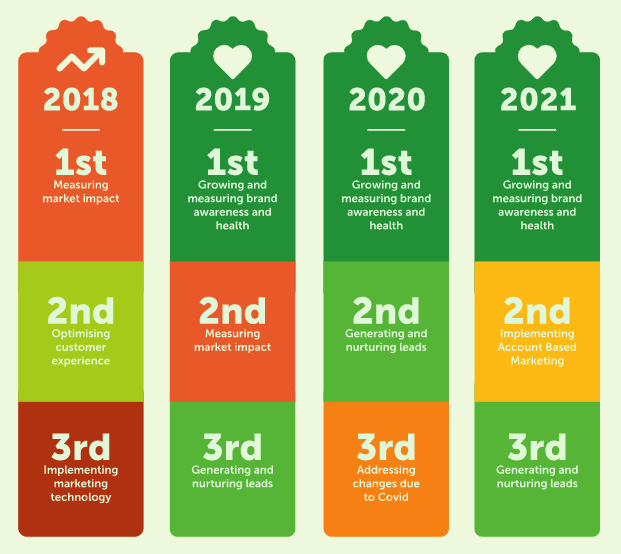We have all become blasé about the information that we share on the internet. We openly tweet, share updates, create photos and post images about where we are, what we are doing and who we are with. We carry our mobile phones with us everywhere – and have become so reliant upon them that we have had to name a condition for the state of anxiety we find ourselves in when we leave our phones at home. It is “nomophobia” – literally the fear of having “no mobile”.
And just as our internet connection is “always on”, so too is our phone. And being always on, it’s always collecting, sharing and posting data about us. Even when it’s sitting “idle” in our pockets it is triangulating our position, beaming our latitude and longitude to satellites, connecting to wifi hotspots and cellular phone towers. Many of the apps that we use also collect and share our location – some are obvious like Google Maps and Facebook. Others not so. But it’s when we start using the phone, that the data really explodes.
The following infographic is now quite old, being originally published in 2010. It shows the “meta data” – the hidden data that is relayed along with every update that you make using Twitter. It’s not just the 140 characters of your message, but hundreds of additional characters that accompany your message, including your:
- User name
- Biography
- Location
- Timezone
- Follower / following statistics.
And more. So much more.

Trading privacy for convenience
The accepted wisdom is that users of these services are knowingly trading privacy for convenience. The reality is vastly different. After all, when using the internet, we are not working in full knowledge. In fact, our understanding of what we are doing, how much information we are revealing and where our data goes is extremely limited. And even when we choose to share location information with an app or when we accept notifications, chances are that we will forget that consent has been given. Or the context in which that consent was given will become lost in the daily grind of our busy, connected lives.
This plays well for those platforms that collect, harvest and sell the data of their users. In fact, it’s one of the business models that many startups rely upon – data collection, harvesting, sale and exploitation is the name of the main game. But there is change in the air, and we can expect that these business models will increasingly come under greater scrutiny and pressure. A 2014 an EMC poll revealed that only 27% of those surveyed were willing to trade their private information for a more convenient online experience. And over half (51%) straight out said “no”. Moreover:
The majority also believed “businesses using, trading or selling my personal data for financial gain without my knowledge or benefit” were the greatest threat to their online privacy.
These beliefs and expectations were further reinforced in the Pew Research Center’s Future of Privacy report, where “Some 55% of these respondents said “no” they do not believe that an accepted privacy-rights regime and infrastructure would be created in the coming decade”.
Yet despite an inherent and ongoing suspicion of corporations and governments, the Edelman Trust Barometer for 2016 reveals that the general sense of trust is improving. Edelman’s research describes a well educated and well-resourced segment of the population (approximately 15%) as the “informed public” – and measures trust in the wider population as well as this narrower segment. To qualify for the segment “informed public”, people must be:
- Aged 25-64
- College educated
- In the top 25% of household income per age group in each country
- Significant consumers of media and report high engagement in business news.
This also means that the “informed public” would be considered a “tech savvy” audience.
While trust has grown overall, it has accelerated faster between 2015 and 2016 in the “informed public” segment. And this is what makes this report so interesting. Despite a wide and growing concern around big data, meta data and data analytics, those who are MOST LIKELY to know and understand the use to which their data will be put, are reporting an improvement in their sense of trust.
[Tweet “Trust paradox. When an “informed public” is more likely to trust the use of its data, despite knowing the risks”]
And it is this “Trust Paradox” which offers both hope for business and a warning. For while trust has been improving, business and government is only as trusted as the last security breach or unexpected outage. The IBM/Forbes’ Fallout Report estimates that “lost revenues, downtime and the cost of restoring systems can accrue at the rate of $50,000 per minute for a minor disruption”. A prolonged problem would take an even greater toll on brand reputation and business goodwill.
The risk of a breach or outage, however, is not shrinking but growing, thanks to the proliferation of “shadow technology”, expanding supply chains and growing online activism. And as digital transformation continues to take on an ever greater role in customer experience, the potential for consumer impact and reputational damage also grows.
John Hagel suggests that as brands work towards a “trusted advisor” status, that they will have a “growing ability to shape customer purchasing behaviour”. But brands will only have this luxury while the Trust Paradox works in their favour. At present, the Edelman Trust Barometer suggests the balance of power remains with our peers. We trust them more than anyone else. And that means securing or “scaling trust” (using John Hagel’s terms) remains our real challenge in the years ahead.








